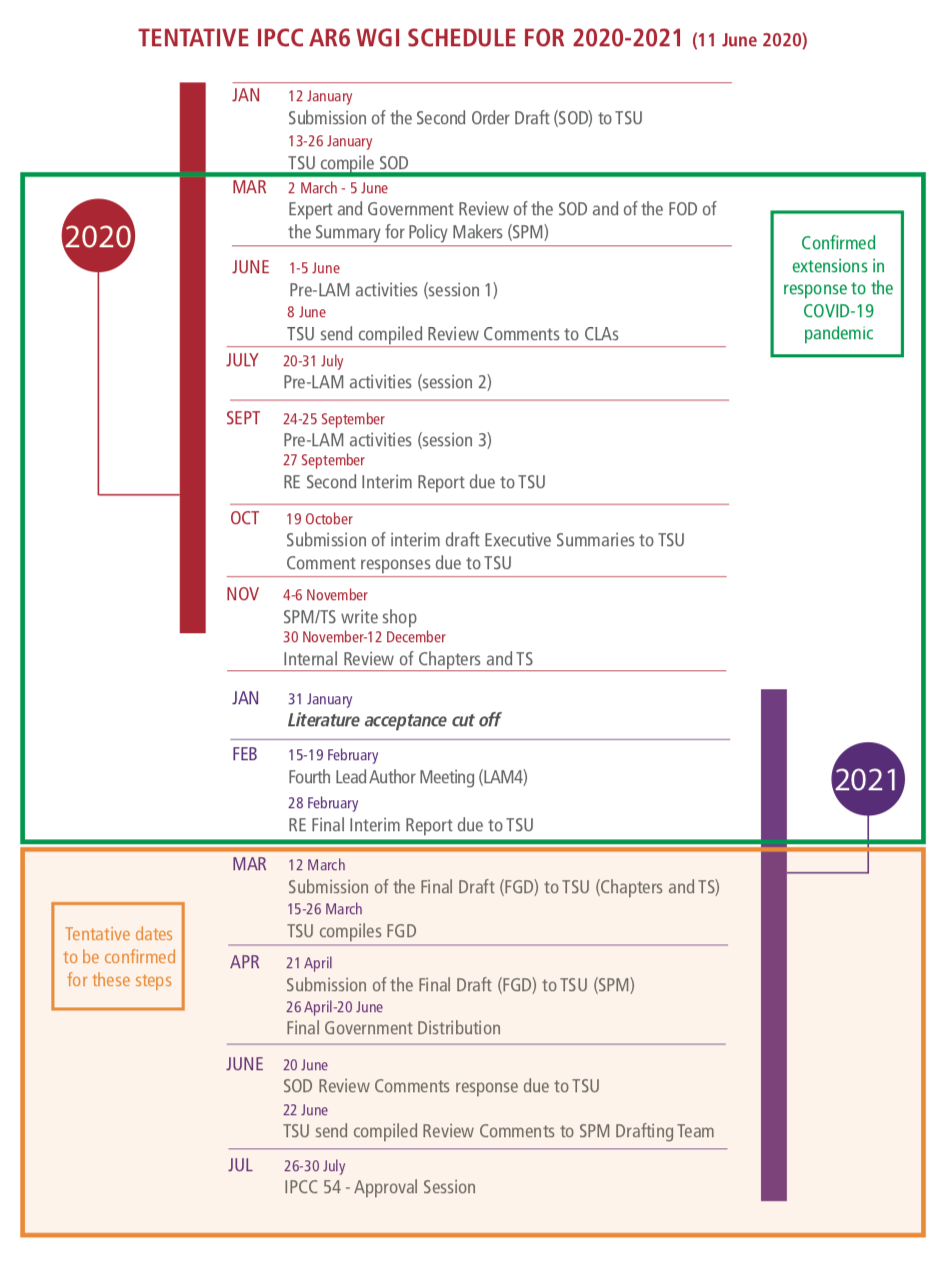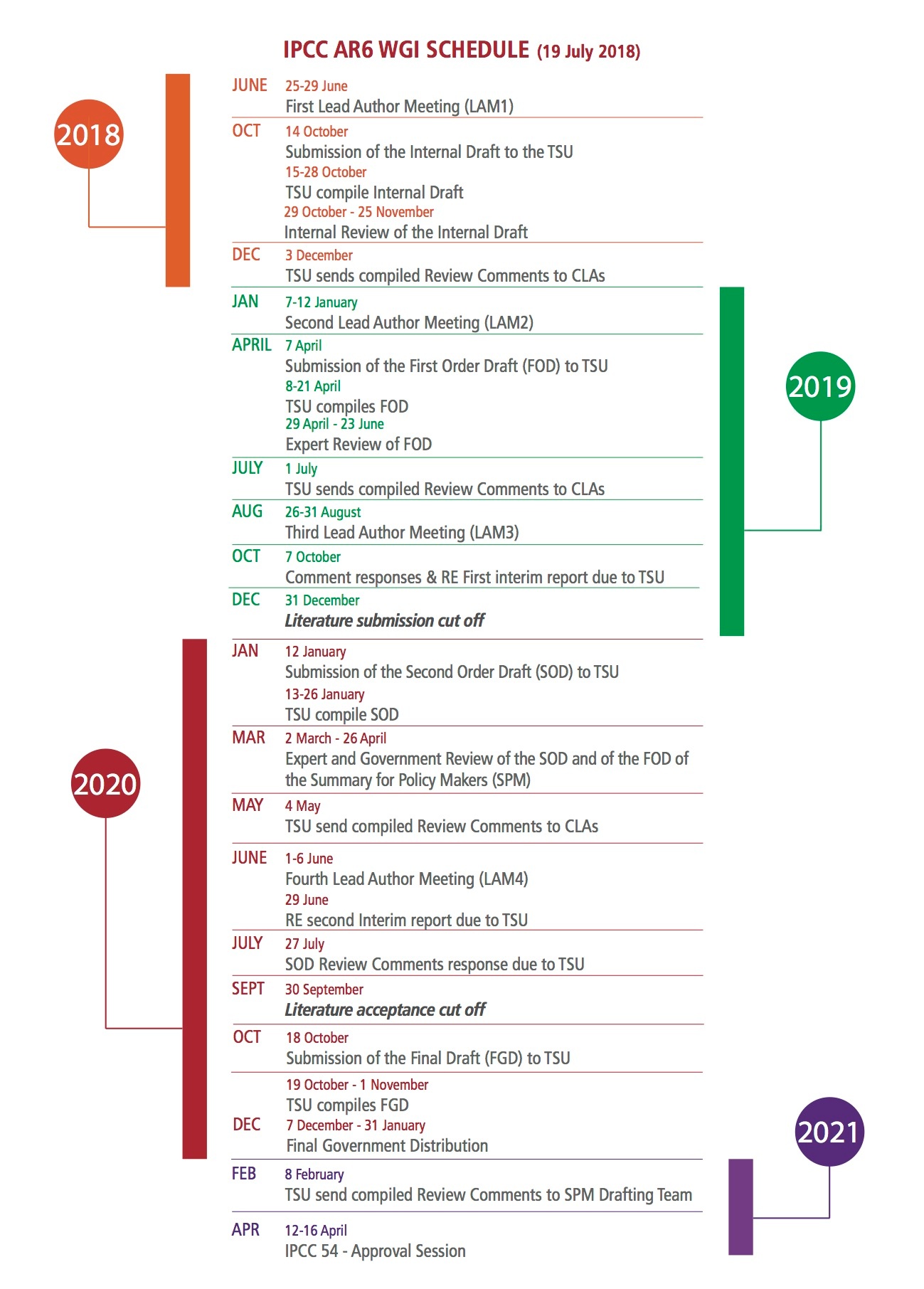| Panel |
|---|
| borderColor | #e0e0e0 |
|---|
| bgColor | #e0e0e0 |
|---|
| borderStyle | solid |
|---|
| | Status |
The NCI ESGF portal provides access to CMIP6 the CMIP6 model output is open. Contributions from modelling centers is expected to continue throughout 2019 and available at NCI. This data includes the Australian produced datasets as well as priority replicated datasets from international modelling centres. This data will continue to updated as data becomes available throughout 2020. NCI has established high-capacity links with other Earth System Grid Federation (ESGF) primary nodes in the US, UK and Europe and serves as a Tier 1 node in the Australia and Oceania region, with responsibility for hosting authoritative copies of high use replica data. For researchers with access to NCI, a large collection of data will be available with thorough version control and data management as stipulated by the standard procedures set out by the ESGF. Additionally, for Australia and Oceania researchers without access to the NCI facilities, data will be available for download from a Tier 1 source that is much closer than was previously possible. Current replica download variables and data request information can be found here Users can use the NCI ESGF portal to search the availability of data at international centres. Please see Data Access Information and Data Download Request for information on how to access data or request additional datasets for replication at NCI. | 


